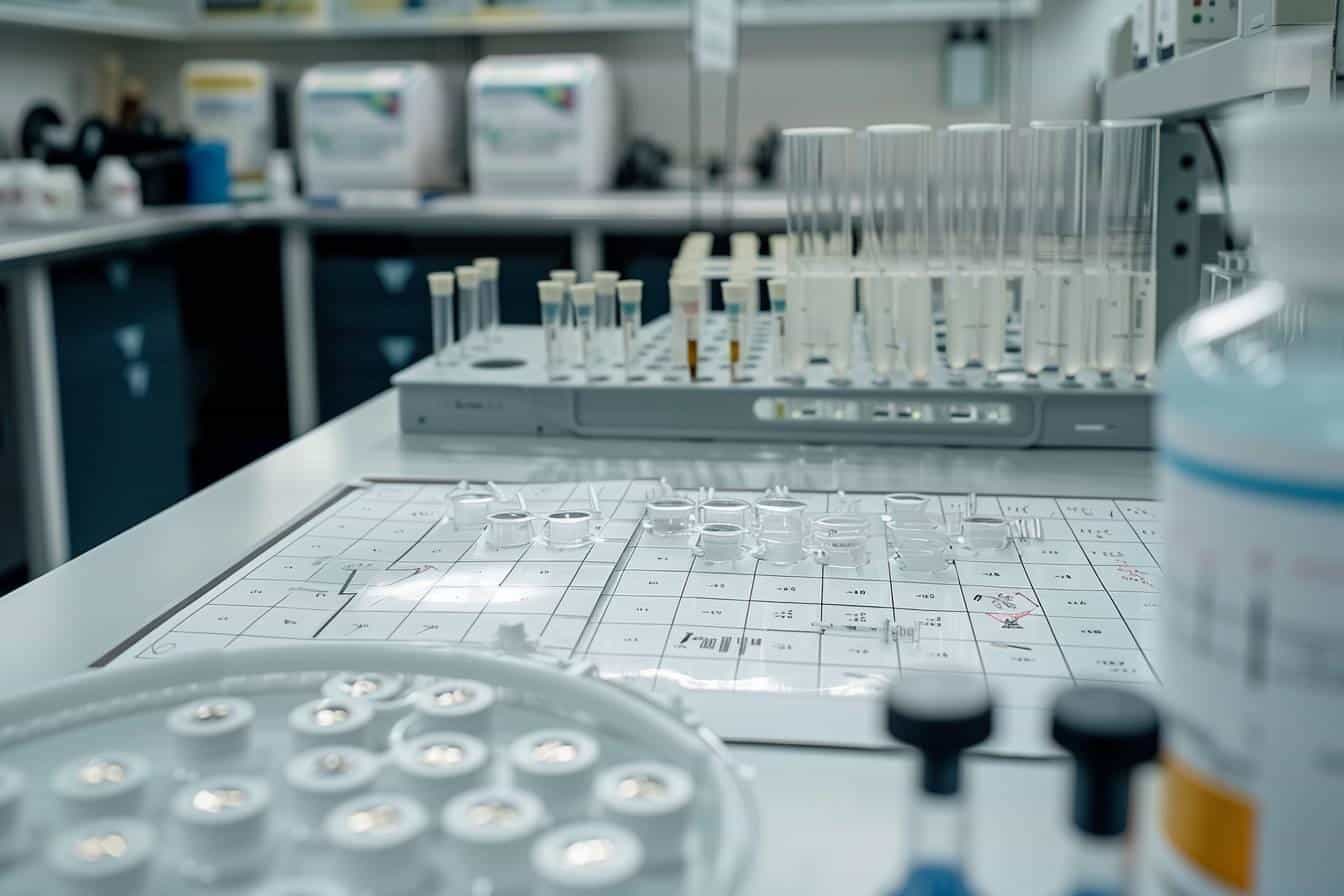Find out why VMA could ruin this footballer's career
Maximum Aerobic Speed (MAS) is a crucial indicator for footballers, as it represents the speed at which an athlete reaches his or her maximum oxygen consumption (VO2 max). This indicator not only helps to gauge the physical performance of players, but also to plan appropriate training programs. We'll take a look at why VMA is so important in soccer, and how it can be measured and optimized.
Why take an interest in vma in soccer?
The importance of VMA in soccer cannot be overestimated. As a scouting center manager, I've often observed that on-field performance is directly linked to a player's aerobic capacity. Here are three main reasons why VMA is essential in soccer:
- Improved stamina: A high VMA allows players to maintain high intensities during the match, crucial for demanding roles such as midfielders and full-backs.
- Repetition of effort : Footballers have to repeat sprints and continuous efforts. A good VMA promotes rapid recovery between these "peaks" of effort.
- Physical preparation : VMA enables physical exercises to be precisely calibrated, helping players to improve both endurance and stamina. This contributes to optimal performance throughout a match.
With a clear understanding of their VMA, clubs can create training programs training. Monitoring VMA throughout the season also enables sessions to be adjusted according to players' progress, thus avoiding overtraining.
How do you estimate a footballer's vma?
Estimating a soccer player's VMA requires specific and rigorous testing. Common methods include :
- Léger-Boucher test: A progressive test in which speed increases in stages, to determine VMA.
- VAMEVAL test: Similar to the Léger-Boucher test, this test consists of increasing speed increments, thus validating VMA on a precise scientific basis.
- 6-minute test : Players run as far as possible in 6 minutes. The distance covered gives an estimate of VMA.
- Laboratory tests : These professional tests precisely measure oxygen consumption, providing an accurate assessment of VMA.
- 30/30 test: Run at 100-120% of your VMA for 30 seconds, followed by 30 seconds' rest. This intensive test enables adjustments to be made according to the specific needs of each player.
- Triangular or shuttle test : These tests consist of intensive exercises in which players run from point A to point B, then run back. They also measure VMA.
The following table summarizes the different tests for estimating VMA:
| Test | Description |
|---|---|
| Léger-Boucher test | Progressive test with stepwise increase in speed. |
| VAMEVAL test | Increasing speed levels to assess VMA. |
| 6-minute test | Run as far as possible in 6 minutes. |
| Laboratory tests | Oxygen consumption measurement for accurate estimation. |
| 30/30 test | Intensive courses with alternating effort and rest. |
| Triangular or shuttle test | Running back and forth between two points. |

What is the vma for professional players?
Professional footballers generally have a higher VMA than their amateur counterparts. The average VMA of professional players is around 18 km/h, but it can reach 21 km/h or more for exceptional players like N'Golo Kanté. Several factors influence this variation:
1. Training : Players follow intensive training regimes that increase their aerobic capacity. Sessions at 100% of AMP or more are particularly effective.
2. Genetics : Some players naturally have a high VMA thanks to their genetic aptitudes. This enables them to perform at a higher level for longer periods.
3. Practice level : The more time a player spends training and playing, the better he develops his VMA. Professionals, with their rigorous programs, generally achieve this optimization.
It has been shown that the on-field performance of professional footballers is often correlated with a high VMA, enabling them to maintain high intensities throughout a match. We routinely use this measurement to calibrate the physical preparation of young talent in our detection center.
What's the link between vma and vo2max?
Maximum Aerobic Speed (MAS) and maximum oxygen consumption (VO2max) are closely linked. MVA is directly influenced by VO2max, as it represents the speed at which oxygen consumption peaks. Here's how these two indicators affect player performance:
- Oxygen consumption : When a player runs, oxygen consumption and heart rate increase in proportion to running speed, until they reach MVA.
- Aerobic/anaerobic energy : Above VMA, the energy required to maintain speed comes mainly from the lactic anaerobic pathway, which is less sustainable.
Mastery of VMA and VO2max therefore makes it possible to plan precise training sessions and maximize physical performance on the field. Knowing that these capacities are interconnected also helps to avoid overtraining and optimize players' recovery phases.
VMA in soccer: what's the point?
VMA in soccer is more than just a statistic to display. It is an essential tool for planning and optimizing training sessions, and for understanding the specific requirements of positions on the pitch. For example:
- Midfielders : These players require a high VMA due to the repetition of continuous efforts during a match.
- Side rears : They often have to cover long distances and repeat fast runs. A high VMA enables them to maintain their level of performance.
In addition, knowing the players' VMA allows you to :
- Create homogeneous groups : VMA tests help to organize players into groups of similar physical levels, maximizing the effectiveness of training sessions.
- Avoid injuries: Continuously monitored, VMA helps to avoid overtraining and the risk of injury through precise adjustment of workloads.
In short, VMA is an essential measurement for footballers and technical teams. A thorough understanding of VMA not only improves performance, but also helps prevent injury and maximize the effectiveness of team training. It forms a solid foundation for any soccer physical preparation strategy.